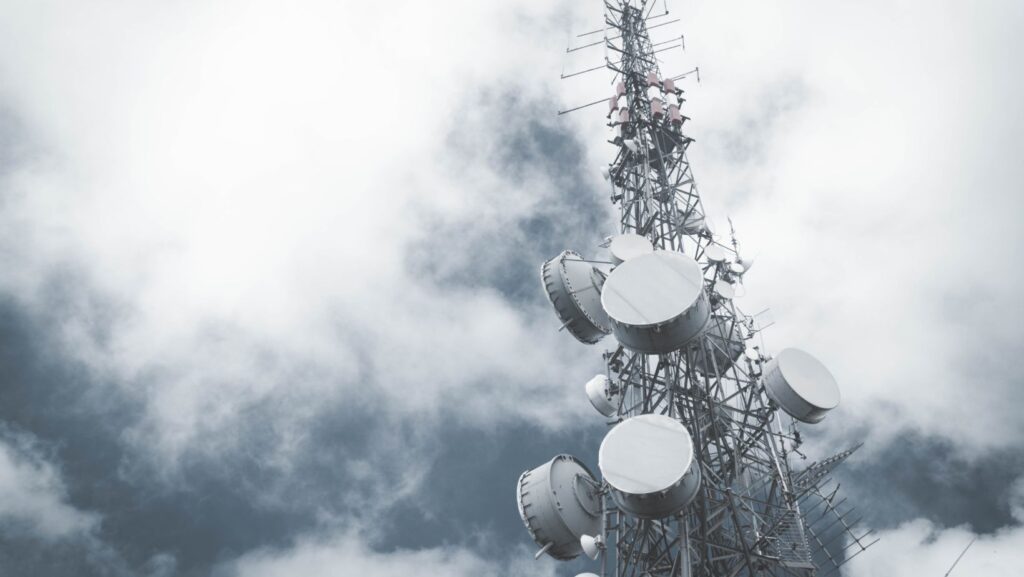The Internet of Things (IoT) has changed the way businesses work by connecting gadgets and
making contact easy. Satellite technology in IoT becomes a game-changer as IoT grows as it guarantees strong, continuous data transmission and helps connection in far-off places. This combination of IoT and satellite communication goes beyond mere connection to let sectors fully use IoT technologies.
1. IoT satellite communication & Agriculture
Smart farming is becoming the new norm for the agricultural industry since digital farming is quickly becoming a trend. Farmers resort to IoT-connected gadgets to track crops, livestock, and even weather conditions in real time. However, there are conditions when terrestrial connectivity is not stable or is unavailable at all, especially in rural and remote regions, and this limits the application of these solutions.
Benefits for Agriculture
- Precision Farming: Through IoT satellite communication, it becomes possible to check moisture, temperature, and crop health through sensors, even in remote areas where the cell signal is low.
- Livestock Tracking: Through satellite IoT-connected devices, farmers monitor the movements of their livestock to keep them safe and healthy even in remote grazing areas.
- Disaster Management: Real-time information from the satellites enables farmers to reduce the effects of drought, floods, or pest attacks.
2. Transportation and Logistics
The main business of the transportation and logistics industry relies heavily on the proper flow of information and updates. Various vehicles, goods, and supply chain management processes involve IoT-enabled devices.

Nevertheless, the connectivity complications in maritime, desert or hilly areas can hamper these activities. IoT satellite communication fills this gap as it offers connection regardless of the geographical location of an object.
Benefits for Transportation and Logistics
- Fleet Tracking: IoT devices that are connected by satellite help track vehicles, ships, and airplanes in real-time, including in places that are inaccessible by conventional telecommunications network.
- Cargo Monitoring: Temperature, humidity, and cargo security can be measured through IoT sensors when transported through transit.
- Route Optimization: Remote sensing information integrated with IoT devices assists in effective route determination, fuel conservation, and operational expenses.
3. Energy and Utilities
The energy and utilities sector is in some of the harshest environments as we have seen in offshore oil rigs, wind farms, and solar plants in deserts. Remote access to these operations also requires efficient communication links for surveillance and control. This is made possible through satellite technology in IoT to maintain the continuous link between the devices and the central systems.
The Benefits of Satellite IoT Technology
- Global Coverage: IoT devices must be able to work in any part of the world and provide connectivity through satellite linkages such as jungle and sea.
- Reliability: Satellite networks, on the other hand, are less influenced by calamities or/and infrastructure breakdown as is the case with cellular networks.
- Scalability: Satellite technology plays a central role in developing IoT applications without much physical network investment.

- Cost-Effectiveness: For industries looking to collaborate IoT devices in remote locations, satellite IoT can be less expensive than developing terrestrial IoT networks.
Conclusion
Satellite technology in IoT is revolutionizing industries through global connectivity. IoT satellite communication is creating new levels of growth in various industries, such as smart farming, supply chain optimization in transport, and improving operations in the energy industry. Consequently, satellite technology will likely remain key in defining the IoT trajectory in various industries. With these solutions, industries can eliminate connectivity issues and maximize the use of IoT Technology.

